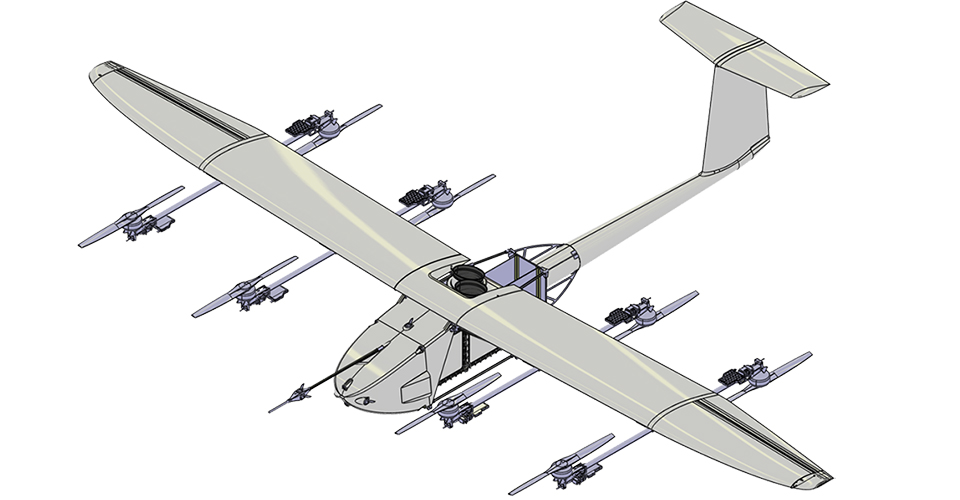Battery development, aerodynamic design and construction of the eVTOL glider

The Fraunhofer-Gesellschaft’s eVTOL lighthouse project

Fraunhofer LBF is leading a subproject on materials and aerodynamic structures, combining its own design methods with the manufacturing technologies produced by Fraunhofer ICT. The results of this subject include the creation of a skeletal hull structure made of pultruded tubular profiles and sustainable, scalable and easily recyclable transport boxes.
As part of a subproject on engines, Fraunhofer LBF is developing an energy storage system, thereby contributing significantly to the goal of making the Albacopter fully electric.
With this development, the consortium led by the Fraunhofer IVI aims to make a major contribution to an environmentally friendly, flexible and safe future transporta-tion culture.
